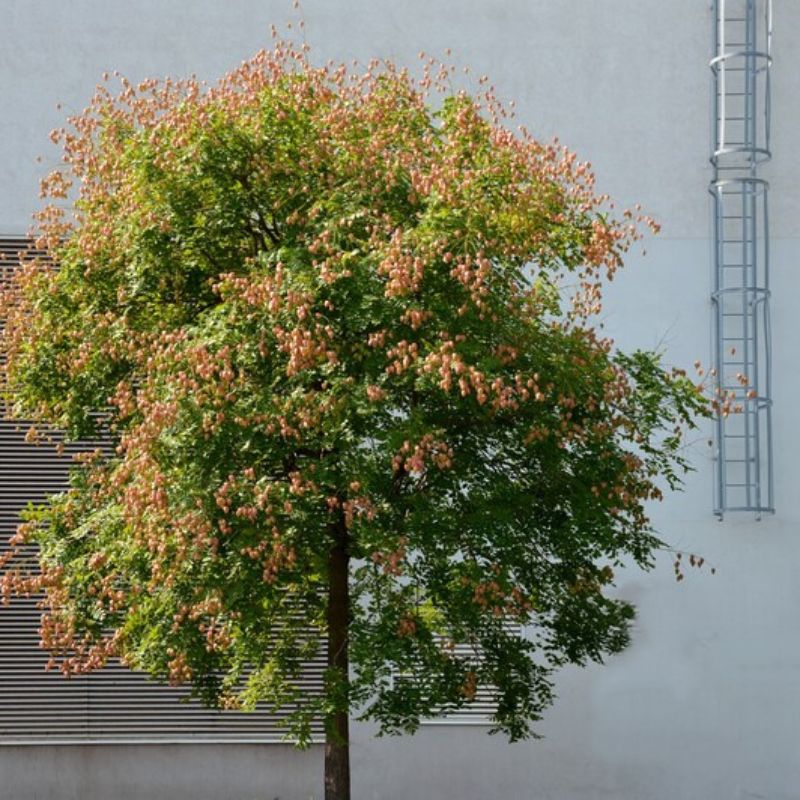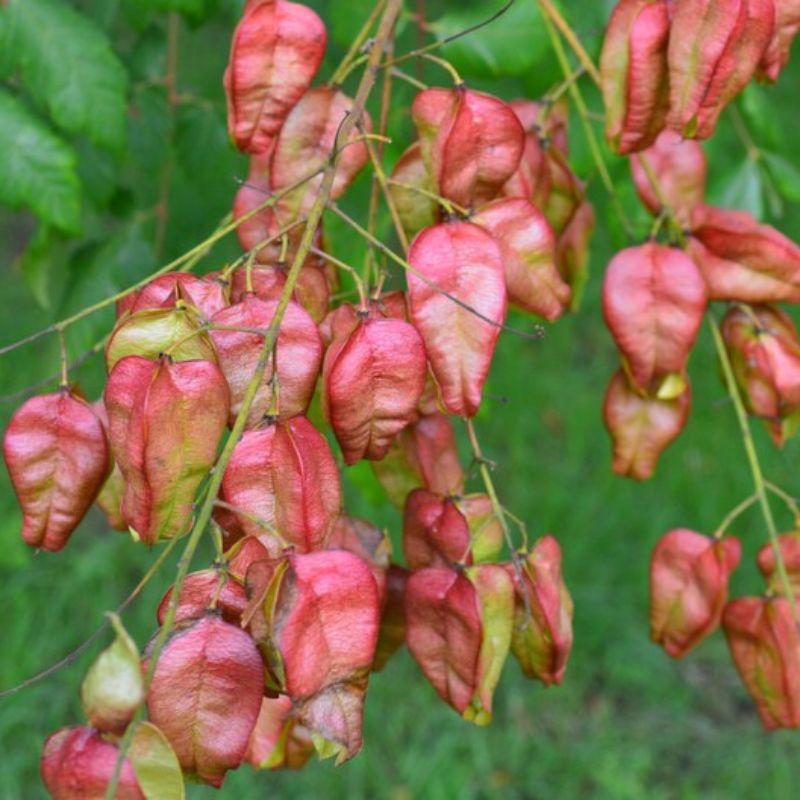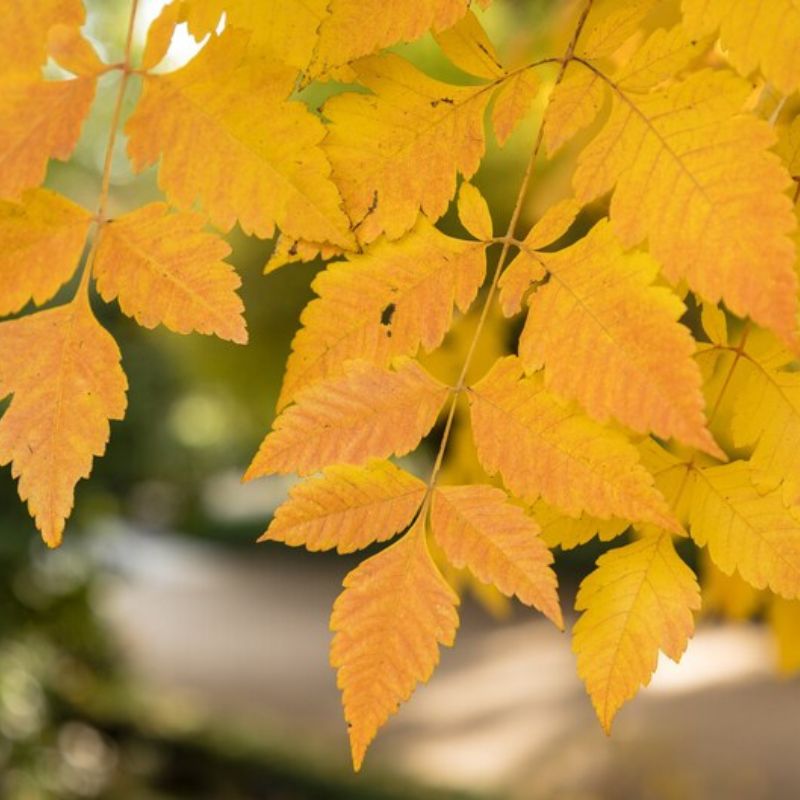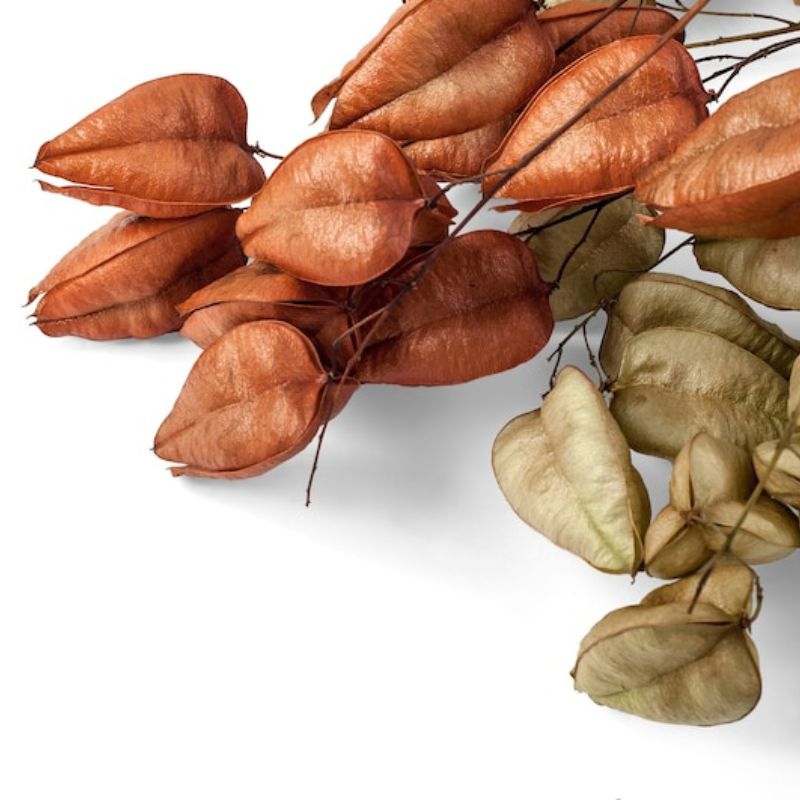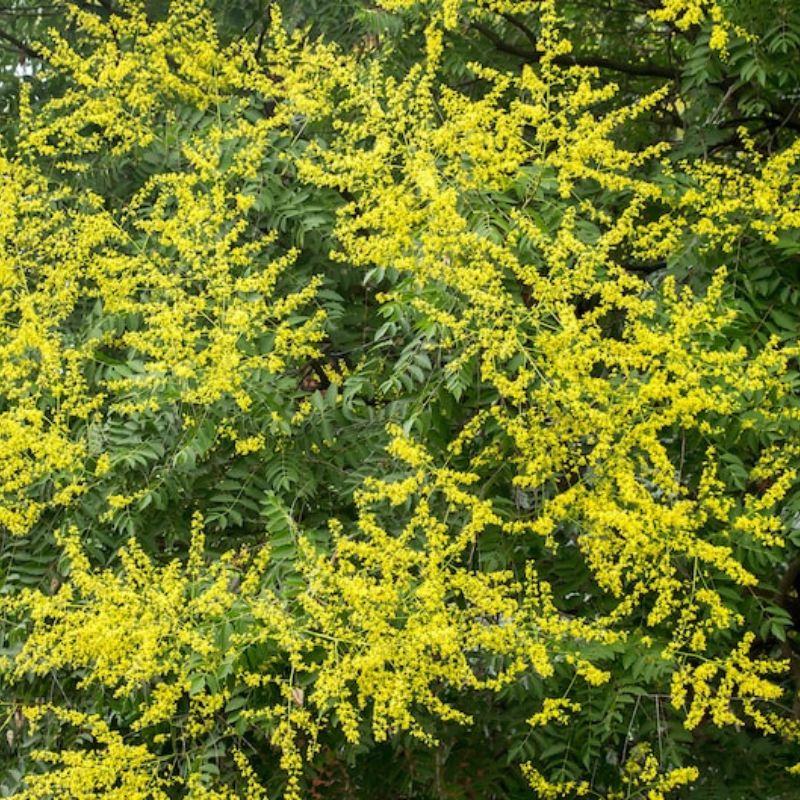- Historical context: Koelreuteria paniculata, commonly known as the Golden Rain Tree, is a species of flowering plant in the family Sapindaceae. The 'nana' variety is a dwarf form of this species.
- Geographical origination: The species is native to eastern Asia, particularly China and Korea.
- Relevant cultural significance: The Golden Rain Tree is often planted as an ornamental tree in gardens and parks due to its attractive yellow flowers and decorative seed pods.
- Time period of discovery: The species was first described by the German botanist Joseph Gaertner in the 18th century.
- Original habitat: Koelreuteria paniculata typically grows in well-drained soils in its native range, often found in open woodlands and along riverbanks.
- Notable historical uses: Historically, the tree has been used for ornamental purposes and its seeds have been used in traditional medicine in some cultures.
- Ideal temperature range: The tree thrives in temperate climates with temperatures ranging from 15°C to 30°C (59°F to 86°F).
- Soil type: Prefers well-drained, loamy soils but can tolerate a range of soil types including sandy and clay soils.
- Sunlight requirements: Full sun is ideal for optimal growth and flowering.
- Watering needs: Moderate watering is required. The tree is drought-tolerant once established but benefits from regular watering during dry periods.
- Planting season: Best planted in the spring or fall when temperatures are mild.
- Germination time: Seeds typically germinate within 2 to 4 weeks under optimal conditions.
- Growth cycle duration: The tree has a moderate growth rate, reaching maturity in about 10 to 15 years.
- Common pests and diseases: Common pests include aphids and scale insects. Diseases such as leaf spot and root rot can occur if conditions are too wet.
- Companion planting advice: Companion plants include other ornamental trees and shrubs that thrive in similar conditions, such as dogwoods and lilacs.
- Common challenges and solutions: Challenges include susceptibility to pests and diseases, which can be managed with proper care and maintenance. Ensuring good air circulation and avoiding overwatering can help prevent fungal issues.
- Nutritional values: The seeds are not typically consumed for nutritional purposes.
- Health benefits: In traditional medicine, parts of the tree have been used for their purported anti-inflammatory and analgesic properties.
- Culinary uses: The seeds and other parts of the tree are not commonly used in culinary applications.
- Medicinal uses: Traditional uses include treatments for various ailments such as inflammation and pain relief.
- Other unique advantages: The tree is highly valued for its ornamental appeal, providing aesthetic beauty with its bright yellow flowers and decorative seed pods. It also offers shade and can improve the landscape's biodiversity.


